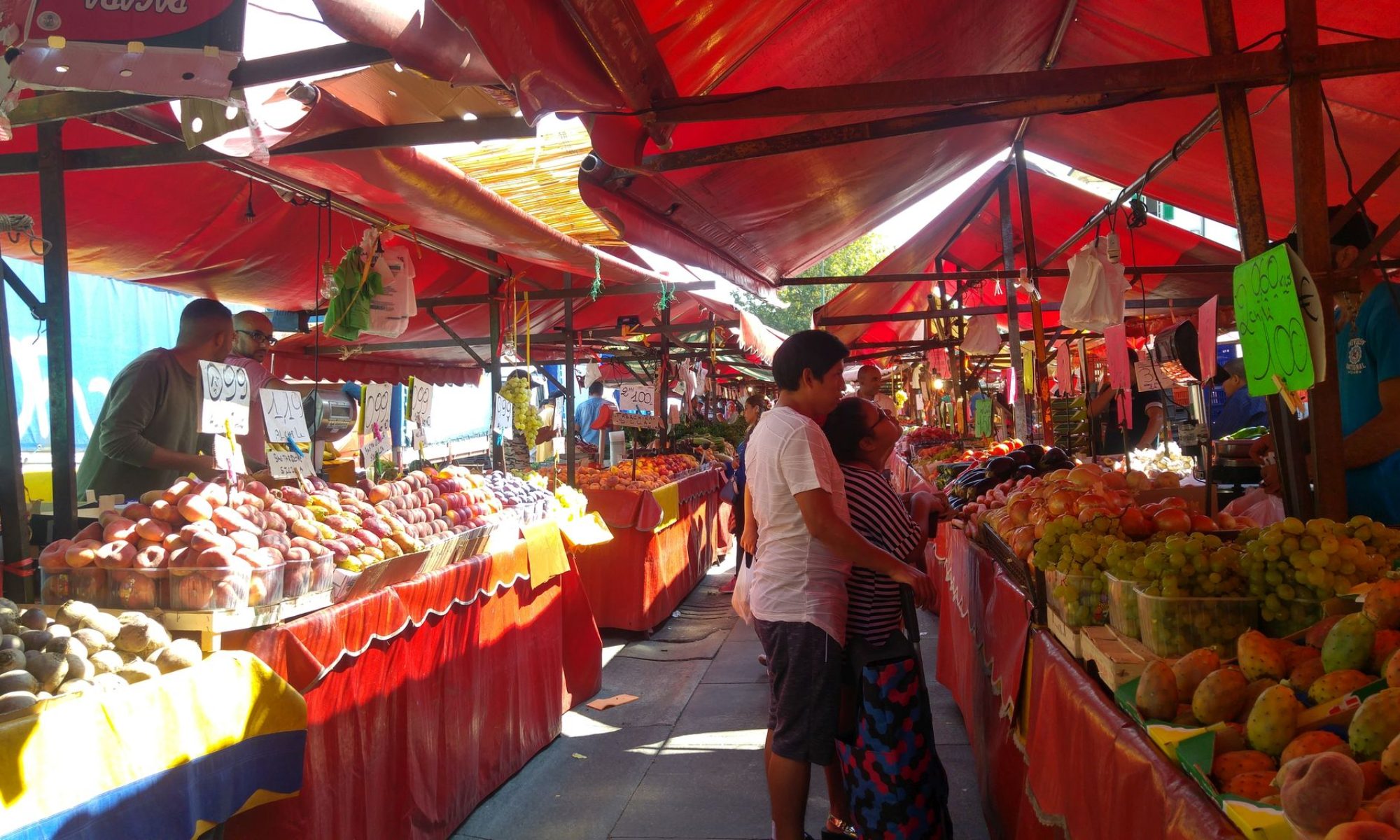Sunday, 29 September, 2019
Sunday the 29th of September has some significance – three ways for me! First it’s Michaelmas day – on Michaelmas day I start to notice the purple Michaelmas daisies and always smile to myself. Then it’s my brother John’s birthday, born eight years after me. And finally the last Sunday of September is the Pearly Kings and Queens Festival, the Pearlies’ biggest event of the year!
The London tradition of Pearly Kings and Queens began in 1875, by Henry Croft. He was raised in an orphanage in Somers Town and, when he was 13 he had to leave to work. Starting as a road sweeper in the local market, he made many friends. He was especially interested in the Costermongers. He was very drawn to their generosity, and custom of sewing pearl buttons, a symbol of status, along the seams of their clothing. He also admired that they took care of each other in times of illness and need.
Henry decided that he wanted to help others too, including the children back at the orphanage. So he drew attention to himself by collecting lost buttons in the market and sewing them to draw attention to himself. So as Henry swept the market streets he started to collect all the lost buttons he found in the market, and when he had enough he learned to sew. Eventually his entire suit was covered and a tradition was born.
The suits are designed and sewn by the Pearlies themselves. They can weigh as much as 30kg, with smother suits having the most buttons and skeleton suits having far fewer.
The designs are symbolic: Horseshoe = Luck, Doves = Peace, Heart = Charity, Anchor = Hope, Cross = Faith,
Wheel = Circle of Life, Playing Cards = Life is a gamble, Flower Pots and Donkey Carts = Costermongers.
You can find a statue of Henry Croft in Trafalgar Square. He and all of his followers to the present day are committed to charitable works for London.
So now you know!
You may have guessed that the reason for this blog entry is that this year I was determined to go see the festival for myself. I lingered in the morning. It was rainy and windy and I felt lazy and just wanted to stay warm and cosy. I pretty much made a last-minute decision to get dressed and leave. I thought that if the church service at St Mary Le Bow would be at 3pm, I needed to arrive outside the church at 2:30. I left the house at 1:40 at a trot. My plans didn’t matter much since the first train arrived at 2:05pm. I wasn’t too optimistic at that point but it’s an eight-minute train ride and I thought if I braved the underground for one stop over to Bank Station, I might just get there on time. And I did!
It wasn’t without incident. It was a long wait for my train to leave Hackney, then when I got on the Central line a tourist family decided to storm the door. Knowing how people have been killed by getting trapped in the door freaked me out a little – there’s another train in just a couple of minutes! – but they were lucky, although they held up the train. At Bank Station, the very long escalator was at a standstill with a half dozen people still on it. Apparently, a young man had been wrestling his case onto the stairs when he fell backwards. He was lucky – people caught him and someone had the presence of mind to use the Emergency Stop. Still, we did have to wait while some people streamed up the stopped escalator and until the station assistant could start the emergency escalator to allow us to get out. Drama, and my day had hardly started!







Continue reading “At the Pearly Kings and Queens Festival”














































